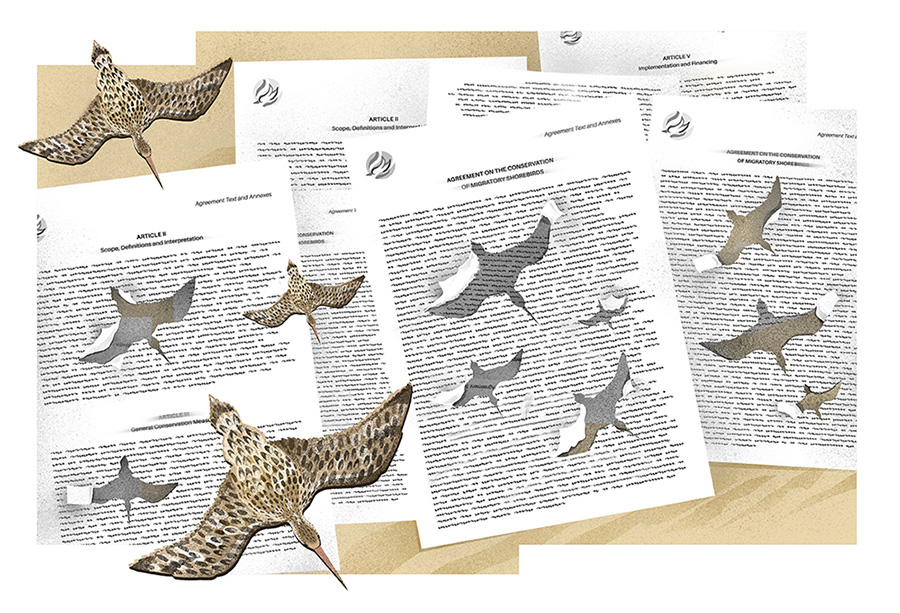Establishing nature reserves and prohibiting all major human activities is widely believed to be an effective strategy to protect biodiversity. However, it is challenging for policymakers to trade-off between the needs of local communities and conservation, especially when there is a conflict between wildlife and humans. For example, livestock grazing, which comprises an important part of the local people’s income in less developed areas, is regarded to have a major impact on native biodiversity across the world. Here I review a recent article that showed that complete prohibition of livestock grazing may not be necessary.
The subject of the article is the green peafowl (Pavo muticus), the largest extant pheasant (Phasianidae) species in the world and the only peafowl species native to China. The species was once common in China, but its population has declined substantially due to hunting and habitat loss. Currently, green peafowl in China is only distributed in Yunnan Province, and it is thought there are less than 600 individuals in the area. The remaining habitats of green peafowl are strongly influenced by anthropogenic disturbances, including infrastructure, agriculture, and livestock grazing. Thus, there seems to be an intractable conflict between local people’s livelihoods and the species’ persistence across the green peafowl’s range, especially in China.

Gu et al (2022) investigated the spatial-temporal response of green peafowl to free-ranging livestock in Yubaiding Nature Reserve, one of the main green peafowl habitats in Yunnan. They used camera traps to study peafowl distribution and their diel activity (the time of day when the species was most active) from 2020 to 2021. They produced a huge dataset of 13507 camera days, which is a way of measuring the cumulative sampling effort of a camera trap study, representing the number of cameras multiplied by the number of days each camera was used. In this sample, there were 130 independent detections of green peafowl.
The researchers found that green peafowl prefer dry pine forests with dense understorey shrubs, and they show significant avoidance of human residential areas and roads. However, surprisingly there was a positive association between green peafowl occurrence and the abundance of free-ranging domestic cattle and goats. Moreover, they found that green peafowl did not alter their behavior to avoid free-ranging livestock or human presence. Their findings suggested that large infrastructures are the main threat to green peafowl, rather than livestock grazing.
As livestock grazing comprises up to 60–70 percent of the gross household income of the local people, the authors suggest that prohibiting grazing in this part of China is neither practical nor necessary. To protect green peafowl, the forestry authorities should pay more attention to the highways and hydropower stations that are planned for development in this region. The authors also recommended that policymakers should take conservation objectives, ecosystem types, and the needs of local communities into consideration in grazing management. Indeed, policy based on the local conditions and the requirements and responses of specific species may help to ensure a sustainable future.

Further Reading:
Gu, B., Y. Weng, Y. Diao, Q. Zhao, Z. Zhang, S. Tian, L. Bai et al. 2022. Is livestock grazing compatible with green peafowl (Pavo muticus) conservation? Potential chance of peafowl-human coexistence. Biological conservation 275: 109772. doi.org/10.1016/j.biocon.2022.109772
Images: Wikimedia commons






